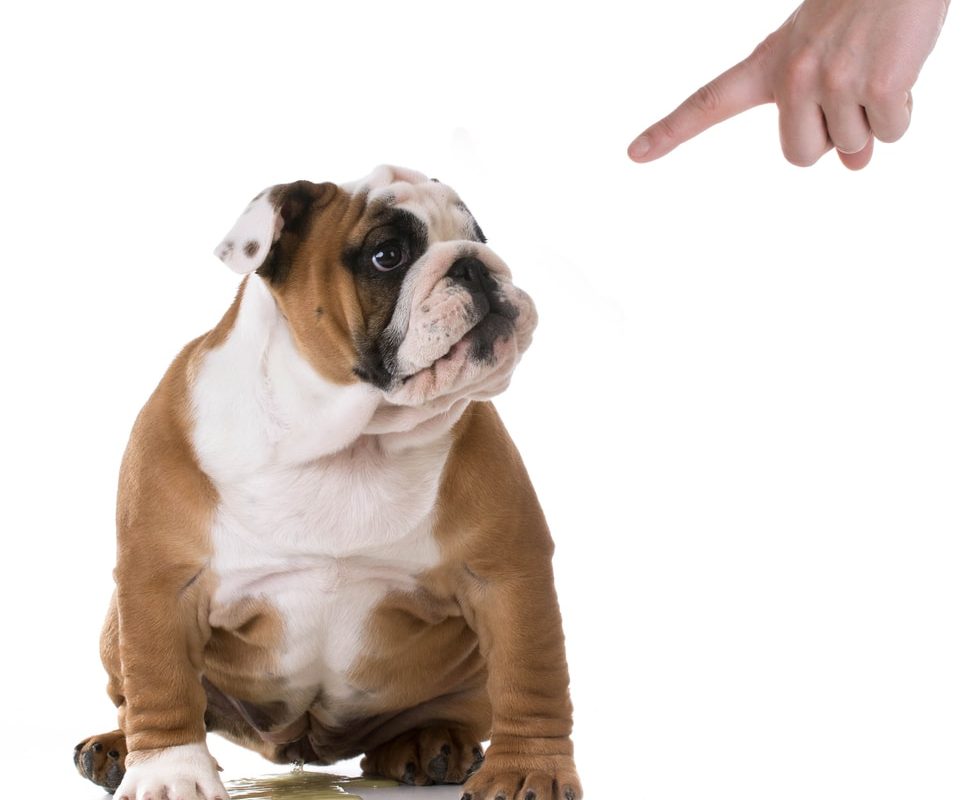How to Housetrain Your Dog

Housetraining a dog is the most challenging responsibility given to a new owner. It is not an easy task to do because first off, how do you teach your pet when you both speak and interpret things differently? To break into the communication divide is difficult, so make sure that you gain your pet’s trust first before trying to teach him/her something new.
Before deciding to housetrain your dog, you must first remember that mistakes are inevitable. You cannot expect your dog to learn everything you want him/her to do in one sitting or even one week. Some pets learn faster than others, and it is not just blamed on the breed because it also depends on the pet’s environment growing up. As a general rule, pets younger than 12 weeks are harder to teach.
Many owners do their best to teach their dogs how to be housetrained at a young age. It is no surprise because owners want their dogs to live with them. It is the joy of all owners to have a dog who is disciplined and responsible enough to live with them. But to get to this point where your dog just knows not to pee and poo on areas not designated for these is a long and arduous process. You must have the patience to help your dog learn. Also, you must devote a lot of time to make sure your dog knows how to sift through which is right and wrong.
There are many methods to housetrain your dog because successful strategies depend on the quality of your relationship with your pet, and your pet’s overall behavior. Every pet is different. You are lucky if you have a pet who is easy to teach. If, however, you have a rather stubborn dog, you must exert more effort to make things work out.
Here are some strategies that can help you successfully housetrain your dog:
- Set a regular eating schedule
If you are housetraining your dog, you must set a regular eating schedule for your pet. As a rule, for dogs younger than six months, you must feed them twice a day. For those older than six months, feed them once a day. But this rule only applies to medium and large breeds. For many small breeds, like the Pomeranian, you have to give them small frequent feedings because Poms find it hard to digest big meals. They also get blood sugar drops quickly so tiny feedings will help them sustain their normal insulin levels.
The key here is to be strict with the timing when giving food to your pets. If you set one meal for your dogs at 5 PM, be consistent with it and make sure the meal is provided at 5 PM every day. You must avoid changing your schedules all the time because your pets will get confused and it will not help them maintain a regular cycle. Habit takes time and consistency, so you should also set the stage for your pets to develop proper habits.
- When starting with housetraining, bring your dog outside every two hours
For dogs to remember when and where to poo and pee, you must devote enough time for them to keep that habit in mind. When starting with housetraining, make sure you take them outside every two hours, and to bring them to that one area where you want them to pee and poo. With increased exposure to the area, your dogs will remember, and you will see that they will only want to go to that area when you bring them outside. They will remember, too, that going outside translates to giving them the opportunity to pee and poo in that particular area.
The key to successfully housetraining your dog is to show a lot of patience in teaching your pet proper habits. It takes time, but so worth it when you love spending time with your dog in and outside of the house.

Take your puppy outside frequently —at least every two hours—and immediately after they wake up, during and after playing, and after eating or drinking.